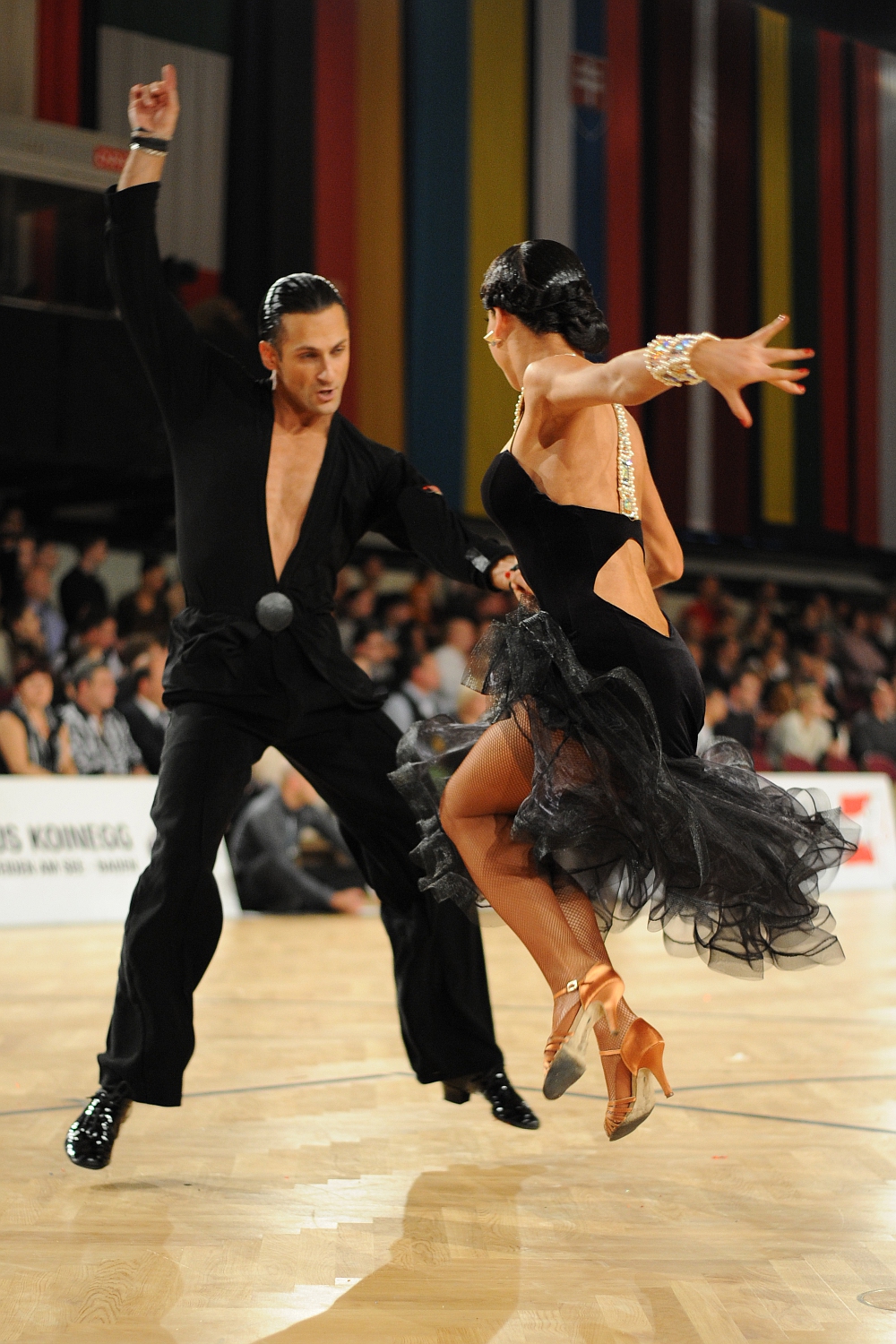
Swing, jitterbug, Lindy Hop, the Charleston. All of these dances share one important similarity…they’re all forms of Jive!
Although the origins of Jive date back a few centuries, it really began gaining popularity after American soldiers introduced the dance to the US during World War II. It was something new and exciting and quickly gained popularity with younger dancers, but because of its “corrupting influence,” the Jive was performed for many years in the underground clubs of the 1930s.
Jive is quick and dancers usually have a loud and sassy attitude to go with it. Jive is almost always written in 4/4 time (four beats to a measure) and has a 1, 2, 3, & 4, 5, & 6 rhythm. The music that accompanies it is often fast, however it is a dance that can be danced to almost any style of music- pop, Latin, rock – as long as it carries a steady beat.
As previously mentioned, jive is a very fast dance with no softness and lots of sharp action. It should include ample amounts of kicks and flicks, as well as beautifully executed toe points. Just so you’re clear- a kick comes from the hip, whereas a flick comes from the knee.
If you’re looking to start jiving there’s a few distinctive steps you should be sure to incorporate into your dance. The American spin, throwaway, comb, chicken walks, arm breakers, and jig walks – although they may sound a little dangerous- are key aspects to any jive.
Nowadays, jive is a popular dance all over the world. And why wouldn’t it be? It looks great, can be danced to almost any kind of music, and most importantly- it’s fun! So grab your dancing shoes and get jiving.

